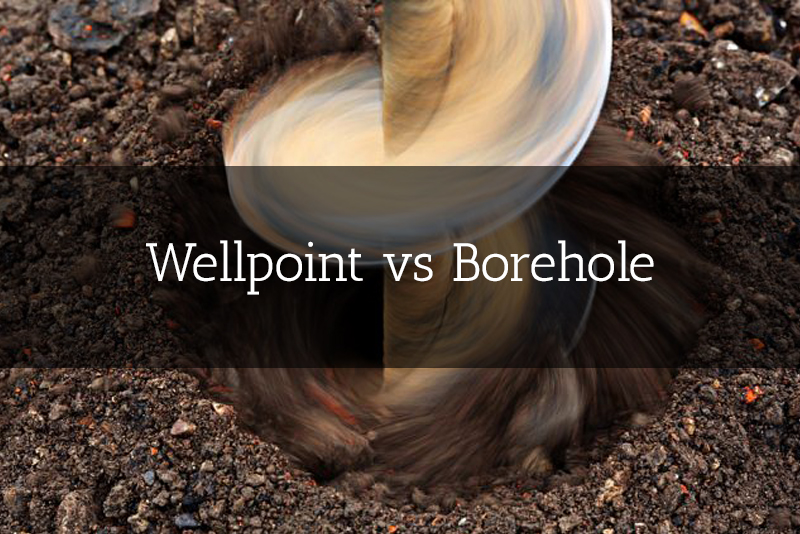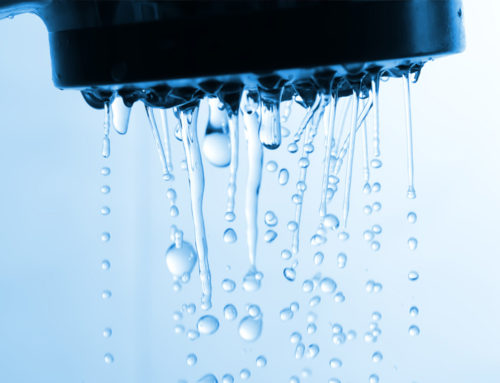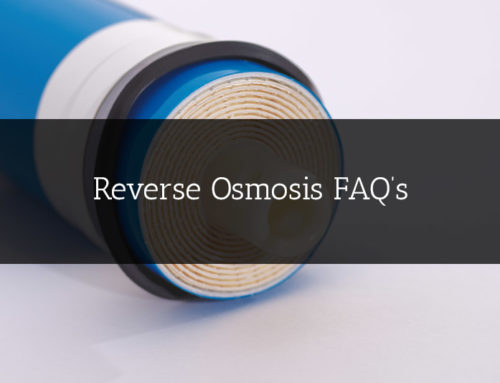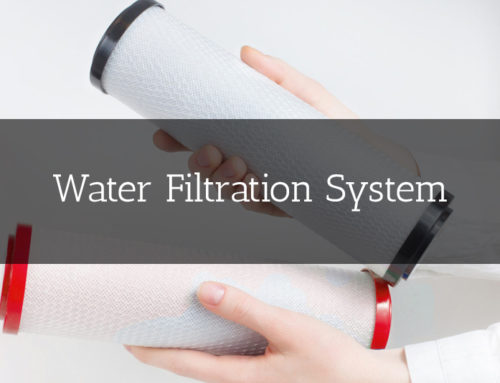What is a wellpoint?
A well point is polythene pipe with a filtered end installed into a porous structure. They usually can reach a maximum depth of 10 to 15m depending on your particular area and ground water profile. Wellpoints are sufficient for the irrigation of small to medium sized residential gardens. It consists of a shallow shaft, a pump to suck up the water and a small ‘well’ that fills up. It is more cost effective and quicker to install than a borehole due to the shallower depths needed. If the water supply from one well is not enough to run your irrigation system and a second well can be dug on your property. These two will then be connected together to work as one system. Well points water sources is surface water that comes from rain runoff, morning dew and shallow aquifers.
Benefits of a wellpoint
- Save potable water
- Water savings immediately and in the future
- More cost effective and takes quicker to install than Boreholes
- Can add value to your property
- Better for the environment and the landscape
Well points, if yielding the right amount of litres per day, can be filtered through a properly engineered and designed filtration system to feed your home.
What is a borehole?
A borehole is a shaft drilled to depths of about 30 to 100 metres which is a much deeper extraction of water and is used when higher volumes of water are required and is why a Borehole is more costly and installation and can take longer to install
Benefits of water boreholes?
- If the underground water is pure, natural and mainly accumulated from rain, the water should be less affected by added chemicals, micro-organisms and rich in minerals
- Easy access to water at all times
- Households and communities with boreholes are self reliant, they determine and manage their water usage and rarely have to adhere to municipal water restrictions unless specified especially during severe drought restrictions.
- Borehole Water can be used for irrigation, maintaining parks and gardens, for crops, livestock and for construction purposes.
- ONCE the water from a borehole is tested through a proper laboratory, which conducts a SANS drinking water test and Microbiology test it can potentially be used in the home. Once the lab has got the test results on the water, those results are given to a water engineer, who tailor designs / specs a filtration system to filter the specific borehole water from that borehole. This is the three stage process one must take to make sure the water is safe for health reasons and your homes plumbing environment.
More on how and why filtration systems need to be specked and designed for specific water results next month.






